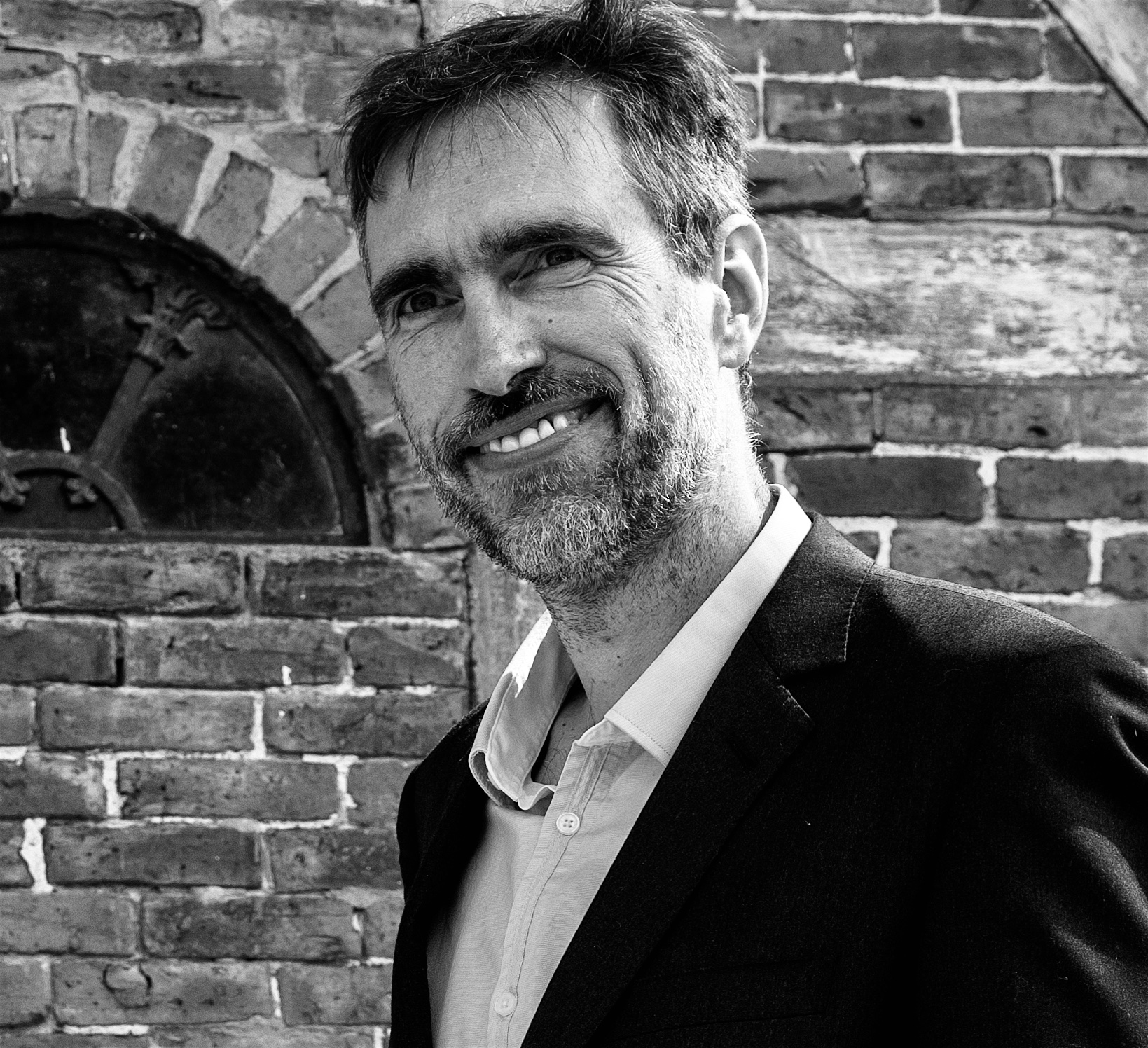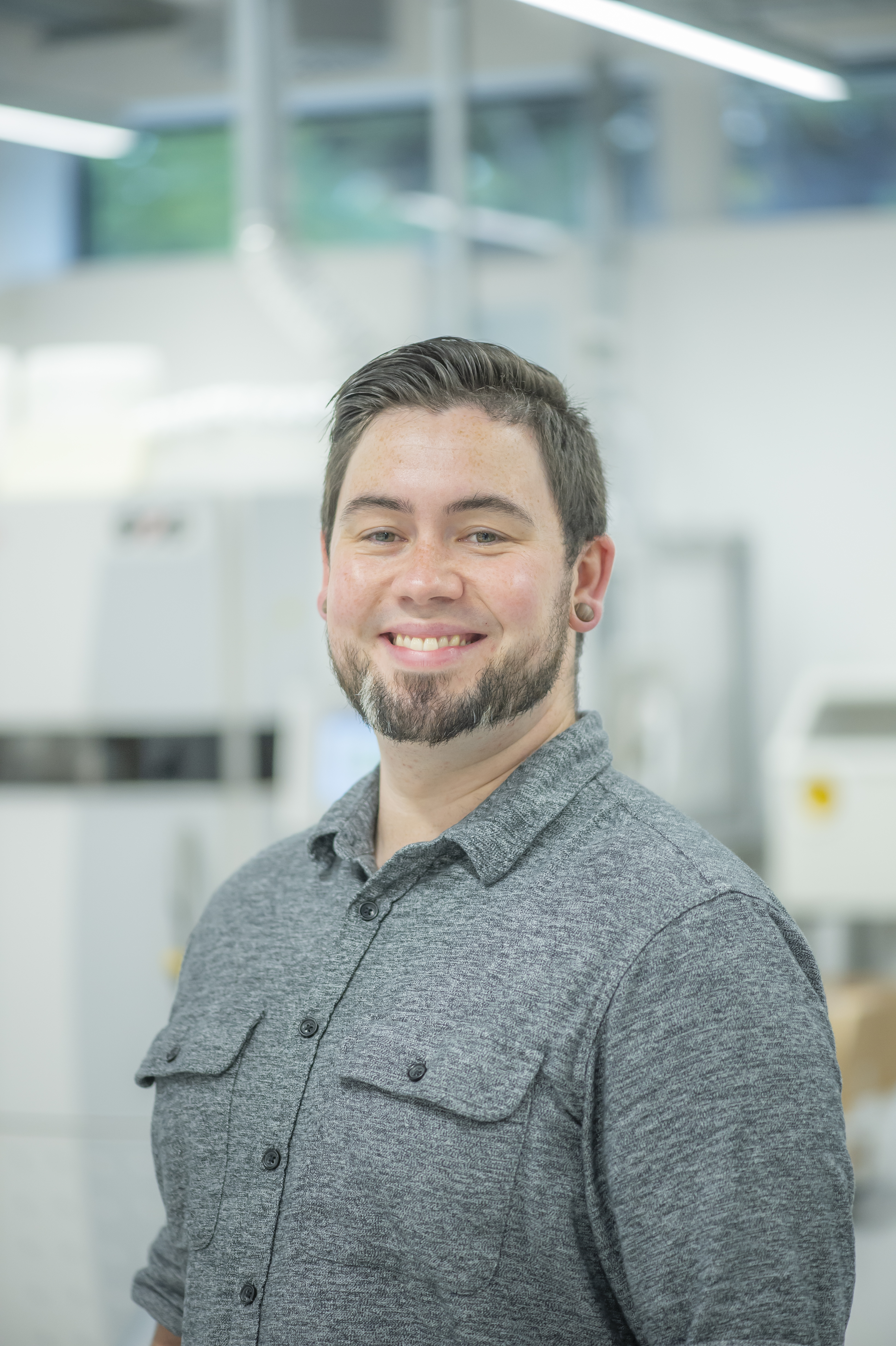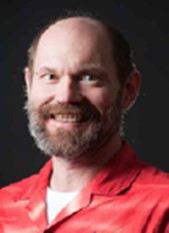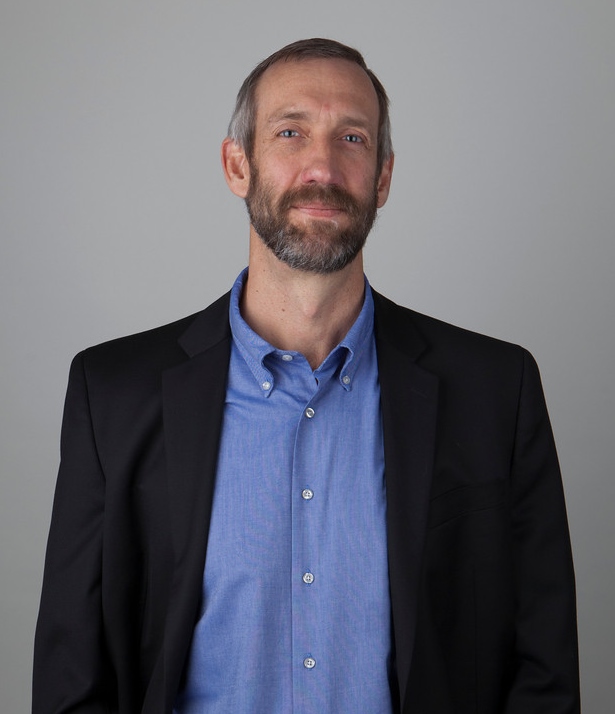Tutorials
Monday 8th June 2020, CERN, Geneva, CH
euspen’s 2020 extensive tutorial programme will cover a range of key topics for the precision engineer
Whilst covering a clear technical curriculum, tutorials are less formal than a lecture; providing more personalised learning in a social atmosphere.
They incorporate existing challenges in the workplace which cover conceptual theories through to best practice applications.
These tutorials will take place on Monday 8th June 2020.
Tutorial 1: Analysis and Design Concepts for Ultrastable Mechanical Systems: Thermal Effects
CERN, Geneva
8th June 2020
Time: 08:30 – 11:30
The tutor is Nicolas Jobert, Synchrotron Soleil
This tutorial will provide the framework required when designing mechanical systems with high immunity against thermal effects, i.e. temperature drifts and/or thermally induced elastic distortions. It will span basic and advanced concepts, practical evaluation tools and methods, as well as control strategies. A particular emphasis will be placed on the usage of an integrated approach, allowing to develop compact thermal elastic models sufficient to provide an understanding of the key parameters governing each problem. Such models can not only be used to decide on the severity of individual sources of disturbance but are also mandatory when designing practical mitigation solutions, either passive or active.
The approach will be illustrated with applications ranging from simple academic test cases and widespread components such as flexure-based translation stages, up to more advanced opto-mechanical systems.
From these examples, it will be demonstrated that the design of high-performance systems relies on a small set of concepts and rules, which can be effective for fulfilling ordinary or less conventional customers’ requests.
Intended audience: This is a beginning to intermediate level course, with material ranging from basic to complex, to provide both an overview and references for further study. The intended audience is graduates, postgraduate engineers/physicists, plus industry technical staff having a first experience in systems for which thermal stability aspects are relevant, and aiming at strengthening their insight so as to reduce guesswork for future projects.

Nicolas Jobert studied Mechanical Engineering at the Ecole Centrale Marseille, where he specialized in Noise and Vibrations. After graduating in 1996 he has been active in a range of consulting companies providing services for industry, civil engineering companies and numerous research centers. During these periods, he carried out problem characterization via in the field or in the shop measurement campaigns, as well as the design and numerical simulation/validation of corrective procedures. Nicolas has also worked in a large international group in the design and verification of safety related nuclear power systems.
Since 2012, he now works at the French National Synchrotron Radiation Light Source (SOLEIL), where he is involved in the design, validation and commissioning of accelerators and beamline systems.
He also teaches Master 2 classes (Université Paris-Saclay) together with specialized sessions for professionals, with an emphasis on high-precision optomechanical systems.
Tutorial 2: X-ray Computed Tomography Metrology
CERN, Geneva
8th June 2020
Time: 08:30 – 11:30
The tutor is Dr. Adam Thompson, University of Nottingham
In this course, we discuss the basics of measurement using X-ray computed tomography (XCT). We will cover the history of and principles behind XCT metrology, including discussion of reconstruction methods and artefacts for calibration. We will examine specific case studies of relevance to dimensional measurement using XCT and review the state of the art in XCT measurement. We will also address some of the issues faced when making XCT measurements and the limitations of the technology, and, finally, cover the specific use of XCT for surface measurement.
Learning Outcomes: To gain a basic understand of measurement using X-ray computed tomography, containing an overview of the theory behind how measurement data is acquired and the factors that affect measurements.
Intended audience: Graduates, postgraduate engineers/physicists, post-doctoral researchers, plus industry technical staff working in measurement using X-ray computed tomography. Aimed at novice to intermediate users.

Dr. Adam Thompson has been a post-doctoral researcher in UoN’s Manufacturing Metrology Team (MMT) since October 2018. Prior to this position, Adam completed his PhD in at the University of Nottingham, entitled “Surface texture measurement of metal additively manufactured parts by X-ray computed tomography”, for which he was awarded the Gertrude Cropper Scholarship. Adam has published 12 papers and a book chapter, and presented his work at 22 conferences. Adam’s research background is in surface topography measurement of additively manufactured parts, authoring papers on the measurement of metal and polymer parts. Adam also has expertise across metrology, having undertaken postdoctoral projects in performance verification of fringe projection and X-ray computed tomography measurement. Adam also has a deep understanding of co-ordinate and in-process measurement principles, having taught numerous undergraduate and postgraduate courses in basic advanced metrology and performed research activities in the area. Prior to his PhD, Adam taught Physics at secondary school level.
Tutorial 3: FUNdaMENTALS of Precision Design
CERN, Geneva
8th June 2020
Time: 08:30 – 11:30
The tutor is Prof. Alex Slocum, MIT, USA
This lecture provides a fast paced hands-on introduction to rapid precision machine design based on FUNdaMENTAL principles, including theory and best practices.
Topics include: design philosophy, principles of accuracy, repeatability and resolution, error budgeting, bearings, structures, and actuators.
Examples will be presented to show why understand FUNdaMENTAL principles is critically important for a designer to understand in order to be able to most effectively use modern design tools such as solid modeling and finite element analysis in the design of precision machines.
Attendees are encouraged to bring pencils and paper to learn by solving real problems as part of the lecture.
Intended audience: Applied practitioners of precision machine design who want a different perspective based on the philosophy of the mathematics and physics of precision. Real-world hands on “tricks” and the philosophy and math behind them to optimize.

Prof. Alexander Slocum is the Walter M. May and A. Hazel May Professor of Mechanical Engineering at MIT, a MacVicar Faculty Teaching Fellow, a Fellow of the ASME, and a member of the US National Academy of Engineering. Alex has been teaching precision machine design at MIT for three decades in addition to many published articles and students graduated from his lab, he has 130+ patents and has helped develop 12 products that have received R&D 100 awards for “one of the 100 best new technical products of the year”. He pioneered the deterministic design of kinematic couplings (www.kinematic couplings.org) including the standard for all semiconductor wafer transport carriers (SEMI E57-1296). He has helped start several successful precision manufacturing equipment companies and has a passion for working with industry to solve real problems and identify fundamental research topics.
Tutorial 4: Optical Metrology for Precision Engineers
CERN, Geneva
8th June 2020
Time: 09:30 – 15:30
The tutor is Dr. Peter de Groot, Zygo Corporation
This is a fast-paced, comprehensive optics course for precision engineers, with an emphasis on the principles and applications of non-contact instruments for dimensional metrology. We begin with basic geometrical optics of lenses and mirrors, moving up to common optical tools such as telescopes, autocollimators, fringe projection systems, alignment scopes, conventional and confocal microscopes, machine vision, and systems based on focus and triangulation. We then tackle dimensional metrology applications that make use of the wave nature of light, including diffraction, interference, and holography. This provides the foundation for distance-measuring interferometers and optical encoders, laser Fizeau interferometers for optical surfaces such as lenses and mirrors, and interference microscopes for surface structure analysis. Hot topics include the latest performance enhancements, new instrument designs, vibration robustness, accommodation of highly sloped surfaces, metrology for additive manufacturing, and the analysis of transparent surface films.
Learning Outcomes: By the end of the course, you will have greater confidence in the selection, invention and evaluation of optical metrology solutions for practical applications in precision engineering and manufacturing.
Intended audience: This is a beginning to intermediate level course, with material ranging from basic to complex, to provide both an overview and reference for further study. The intended audience is engineers, scientists and measurement specialists interested in gaining a greater understanding of the operating principles and best practice use of advanced optical instrumentation.

Dr. de Groot is the Executive Director of R&D at Zygo Corporation, where he manages innovation and new product discovery for a wide range of optical instrument products serving industries from semiconductor manufacturing to precision automotive engineering. He is a named inventor for 140 US patents, an author of over 160 technical papers, review articles and book chapters, and an experienced instructor for professional short courses. He is an Honorary Professor at the University of Nottingham, a Fellow of the SPIE and of the OSA, and a recipient of the SPIE Rudolf Kingslake medal in optical engineering.
Tutorial 5: Passive Damping in Mechatronics Systems by means of Polymers
CERN, Geneva
8th June 2020
Time: 09:30 – 15:30
The tutors are Dr. Ir. Ing. Theo Ruijl & Ir. Ing. Pieter Wullms, Mi-Partners
Specifications on the dynamic position stability of systems become increasingly tighter. A very effective and robust way to improve the system dynamics is by adding damping. This can either be done in an active (e.g. feedback control) or in a passive manner. In several applications, passive damping can be considered as an excellent alternative to active damping, or can even be an addition to active systems to suppress resonances which limit the controller bandwidth and to increase the robustness of the system.
The focus of the course is on viscoelastic material damping, on the reason of simplicity, cost and robustness compared to other passive damping principles.
Viscoelastic materials are applied in the past in various applications to achieve damping, however in many of these applications the precise performance is less critical and often by ‘trial and error’ the design is realized. In our high-end performance applications, the complexity, requirements and conditions are such that extensive modelling is necessary and predictability of the final performance is crucial for a successful design of the entire system. The tutorial focusses on visco-elastic material properties, modelling and designing with viscoelastic materials in a predictable manner.
Tutorial subjects:
- Understanding the dynamic behaviour of viscoelastic material (frequency and temperature dependence)
- Material characterization and modelling of viscoelastic materials dynamically
- Dynamic system modelling with viscoelastic materials
- Modelling damping by means of the energy method
- The design and application of damped tuned mass dampers
- Examples by means of several cases: high and low frequency applications
- During the course the participant will be actively involved by means of example cases (hand calculations need to be done)
- Several example materials and designs will be shown.
Learning Outcomes: The course covers the basics on viscoelastic material properties, relevant for damping applications in mechatronic systems and offers the participant a methodology for designing with viscoelastic materials, in a predictable manner.
Intended audience: The tutorial is aimed at engineers and physicists, dealing with vibrations and resonances in precision machine design and seeking passive damping solutions by means of polymers. The emphasis of the tutorial is to apply passive damping with viscoelastic materials in a predictable manner, to significantly improves the dynamic system performance.
Dr. Ir. Ing. Theo Ruijl (born 1967)
Theo Ruijl studied Mechanical Engineering in Eindhoven (The Netherlands) receiving his MSc in Tribology in 1994. Within the Mechatronics Department at Philips Research he made his Ph.D. on the design of a Ultra Precision CMM.
For more than 20 years he is active in de development of high-end mechatronic systems for all kind of precision application e.g. in the semi-conductor and medical industry.
Theo is a member of the Euspen Council, where he co-initiated in 2006 the Special Interest Group of Thermal Effects in Mechatronics Systems.
After working at FEI Electron Optics, the joined in 2010 Mi-Partners, a Dutch engineering company in Eindhoven, focusing on mechatronic development, where he holds the role of CTO. Since the beginning of joining Mi-Partners, he initiated the competence of passive damping with polymers. Several projects has be done successfully since then, showing that this technology can be used in high-end mechatronic applications in a systematic and predictable approach..
Theo teaches over 20 years several classes in the field of Mechatronics Systems Design: tutorials and technical courses at universities related to Dynamics & Control, Thermal, Metrology, and Damping with Polymers.
Ir. Ing. Pieter Wullms (born 1985)
Pieter Wullms studied Mechanical Engineering in Eindhoven (The Netherlands) receiving his MSc in Mechanical Engineering in 2011.
After finishing his Master thesis at MI-Partners, he joined the company in 2011, where he holds the position of mechatronic system designer and is the competence leader for passive damping competence.
He has been involved in various training activities related to damping with Polymers.

